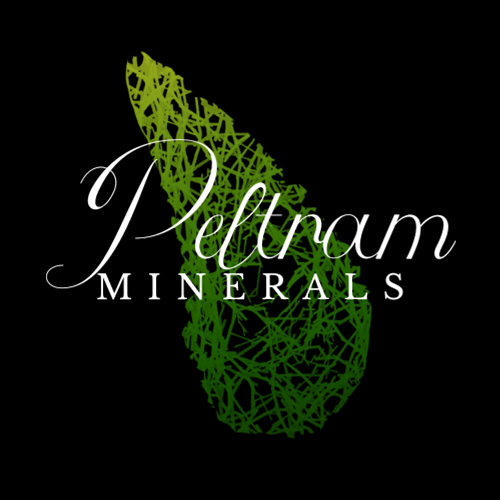Meteorite Aletai – Xinjiang, China
Typ: iron meteorite / IIIE-an
Locality: Xinjiang, China
Weight: 11,6g
Dimensions: 2,5 x 1,5 x 1 cm
Surface treatment: none, raw
| Category: | Raw |
|---|
The Aletai meteorite belongs to Group IIIE, a specific type of iron meteorite. This classification refers to meteorites that have a certain chemical composition and crystallographic structure. Meteorites in this group tend to have an octahedral structure, which means that when cut and polished they reveal specific patterns called Widmanstätten patterns. IIIE meteorites, such as Aletai, are characterized by the presence of kamacite (low-nickel iron) and taenite (high-nickel iron) bands that form an octahedral pattern.
Aletai is exceptional because it has the highest gold concentration in Group IIIE and a significantly higher concentration of iridium compared to other meteorites in this group. Since the amount of iridium in meteorites is much higher than in the Earth's crust, it was the unusually high amount of iridium found at the Cretaceous-Paleogene boundary 65 million years ago that formed the basis of the theory that a massive meteorite impact may have been responsible for the extinction of the dinosaurs.
It was discovered in 1898 in the Xinjiang region of China and the total mass found is estimated to be around 100 tonnes, with the largest single fragment weighing 28 tonnes, making it the fifth largest meteorite on Earth. Thefield of impact was very large, extending up to 500 kilometres, which initially led to inaccuracies in the identification of individual fragments and the use of different names for different specimens, such as Armanty, Ulasitai and others. After chemical and petrographic analyses were carried out, it was found that all the fragments found were from the same event and had the same composition. They now bear the single name Aletai, while the other names have been dropped and have become synonyms for Aletai.
Interestingly, if we change the angle of illumination, the reflectivity of the meteorite's two main alloys changes and the sample becomes shimmering. This effect is common in meteorites with octahedral crystal structures, but Aletai is particularly impressive because of the mirror-like lustrous inclusions of the mineral schreibersite. Schreibersite is thought to be the primary source of phosphorus, which was transported to Earth by meteorites and may have played a key role in the origin of life. It is a rare mineral that consists of iron phosphide and nickel. Yet it is commonly present in iron meteorites. Its coloration ranges from bronze to brassy yellow to silvery white.
Schreibersite is named after the Austrian scientist Carl Franz Anton Ritter von Schreibers, who was one of the first to identify this mineral in iron meteorites. This rare mineral, consisting of iron phosphide and nickel, has been discovered in various meteorites around the world, including the Magura meteorite in Arva (now Orava), Slovakia, the Sikhote-Alin meteorite in eastern Russia, the São Julião de Moreira meteorite in Viana do Castelo, Portugal, the Gebel Kamil meteorite in Egypt, and many other meteorites, including those originating from the Moon.
Be the first who will post an article to this item!





